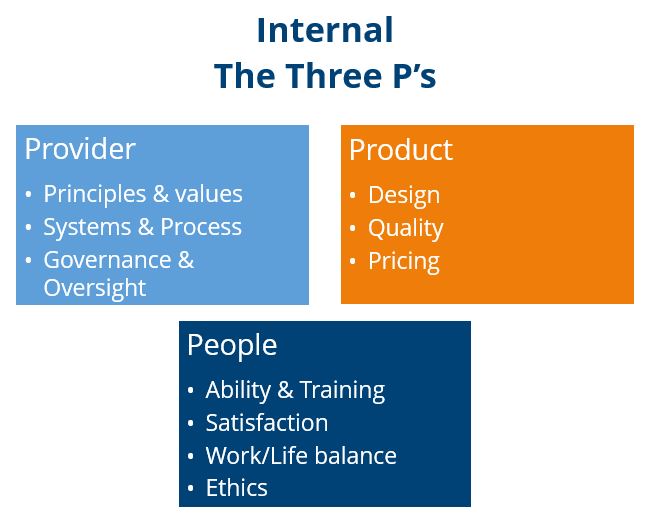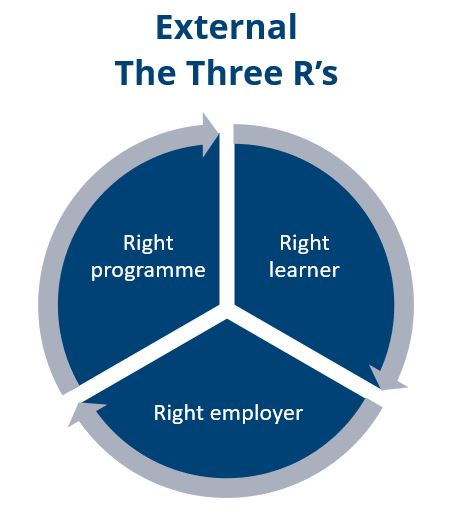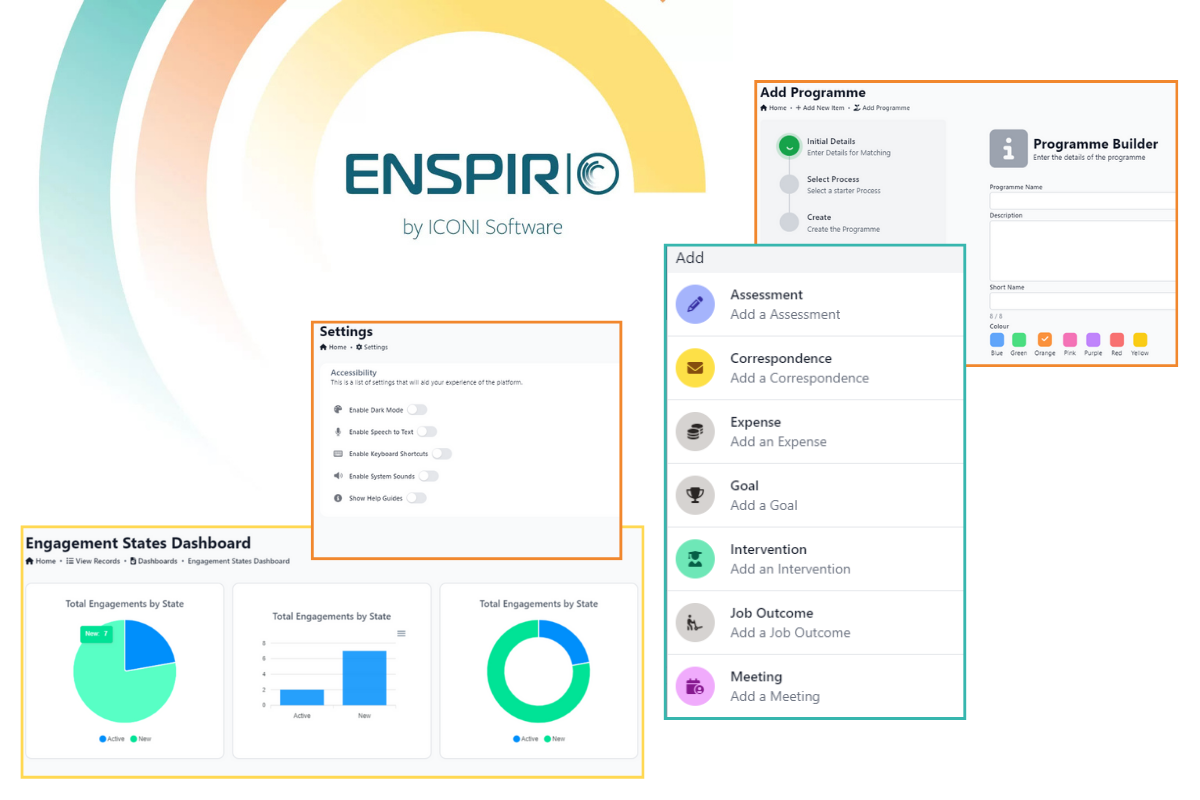Leading compliance – setting the right culture, processes and mitigating risks

If you are a senior manager for an apprenticeship provider, compliance can sometimes be viewed as “that bit you do to make sure you get paid.” Compliance isn’t just about crossing the T’s and dotting the I’s or making sure a form has been signed; it’s the effective and efficient operation of all business functions – “a compliance orientated businesses”, if you like.
Compliance by programme design
Compliance starts with your strategy – the apprenticeship standards you plan to deliver, your programme offer, and whether it meets the needs of all stakeholders, i.e., the employer, the apprentice, the ESFA, Ofsted and your own organisational goals. A good curriculum is vital, and you must have confidence that time spent on programme is necessary, but also challenging enough to be of value to apprentices and employers. Compliance also factors in the eligibility of students on programme and their right to receive funding, considering the opportunities available to them to fulfil the objectives of the apprenticeship standard.
Compliance architecture
Structural compliance architecture is about having clear roles and responsibilities across the core functions of your business. Different sized organisations will have different human and financial resources to play with. But what remains consistent, is that top level leadership, governance and policies are the foundations of a compliant apprenticeship business.
Underneath the leadership tier you have 5 common components for an apprenticeship structure, including administration and data management, delivery operations, quality and programme design, finance and legal, and business development. Effective and efficient compliance works across all departments, creating solutions that have qualitative impact and allow continuous improvement.
The compliance leadership mix
Effective and efficient compliance is based on internal and external factors. You have internal factors – The Three Ps and external factors – the Three Rs.

At a provider level, you need clarity on your principles and values, systems and processes, governance, and oversight. At a product level you need to consider design and the quality, and pricing of your product. How are you going to position your organisation against the competition? For example, are you going to deliver a Ferrari at Ferrari prices, or a Ferrari at the price of a Fiat?
The final P, considers the people element of your mix, including the knowledge and experience of your team, work/life balance and working ethics. How good are your people at the role they fulfil? How happy are they to deliver the product you have in the way you provide it? Do they have an appropriate work /life balance? What culture of ethics have you fostered?
In short, the three Ps are about knowing who you are as an organisation, and how much you believe in your services.

The three Rs relate to working with your external stakeholders, your employers and apprentices and are loosely grouped around business development. Firstly, have you considered if an apprenticeship is the right programme? Apprenticeships are not the only training or learning solution. Might your apprentice be more suited to undertake a commercial course in their own time? Is your apprentice on the right level of course?
Secondly, are they the right learner? The individual has got to understand the demands of the programme, the time required, and must be motivated and committed.
Finally, do you have the right employer? This is perhaps the most controversial of the three Rs. An employer must understand the rules around apprenticeship funds. They must be prepared to allow all learners the amount of off-the-job to complete the learning objectives. For cohorts starting after 1st August, the new minimum off-the-job per week, before statutory leave is 6 hours, but that’s not to say that’s the only off-the-job hours that are needed in your programme. The employer needs to understand how many hours are needed to develop competence and that number could be much higher than the minimum, and that’s totally controlled by your programme design.
Compliance risks
Human error remains the main cause of compliance issues, which is often down to a lack of training, poor time management, or poor resource allocation. In a standards era, we’re seeing a shift to standardised taught cohorts with coaching “visits”. However, many providers still haven’t considered work/life balance, and the demands for compliance often result in activity being left for another day. That’s when copy and paste becomes your enemy.
Summary
In summary, providers at a strategic level need to understand if their core areas of control are effective. All functions of the business need to capture what they need efficiently, accurately and in line with the rules, in a way that goes beyond just compliance and makes sure that quality is continually improved.
About the author
David Lockhart-Hawkins has been a consultant in the adult education sector for over twenty years, working with many of the largest apprenticeship providers in the country developing compliance through monitoring programmes, form and template design and strategic advisory.
If you are an apprenticeship provider interested in gaining a deep understanding of compliance and its myriad of complexities, you can book online on the following webinar series:
Apprenticeship compliance for leaders
In depth webinar series | Starting 24 March
This series digs into the realities of apprenticeship compliance. It has been designed for managers and leaders who want strategies for apprenticeship compliance, that bring core rules and funding methodologies to life. Beyond the basic rules you’ll look at the foundations of compliance across your organisation, and how curriculum, evidence system design and monitoring of implementation are integral to getting compliance right, while also strengthening quality.
At the end of the series, you will:
- Be able to critically evaluate compliance in your own area of operation.
- Have developed your understanding of best practice for reducing risk.
- Increased your knowledge of common errors and how to avoid them.
Apprenticeship compliance fundamentals and what this means for your role
Webinar series | Starting 17 February
Designed around the latest version of the funding rules, this three-part series is designed to introduce all apprenticeship staff to the core apprenticeship rules and where their role fits in the compliance journey.
Part 1: Looks at the typical apprentice journey, the core rules that matter and common solutions, including the importance of the “little details” and core parts of the evidence pack.
Part 2: Looks at common errors and builds an understanding of risk awareness as part of a transparent compliance culture.
Part 3: Opens the floor to questions and discussions of best practice.
This series will help you to:
- Understand the core compliance rules for Apprenticeships.
- Understand how they fit into the typical apprentice journey.
- Know how funding works and what this means for your role.
- Keep an eye out for common errors.
- Mitigate funding risks.











Responses